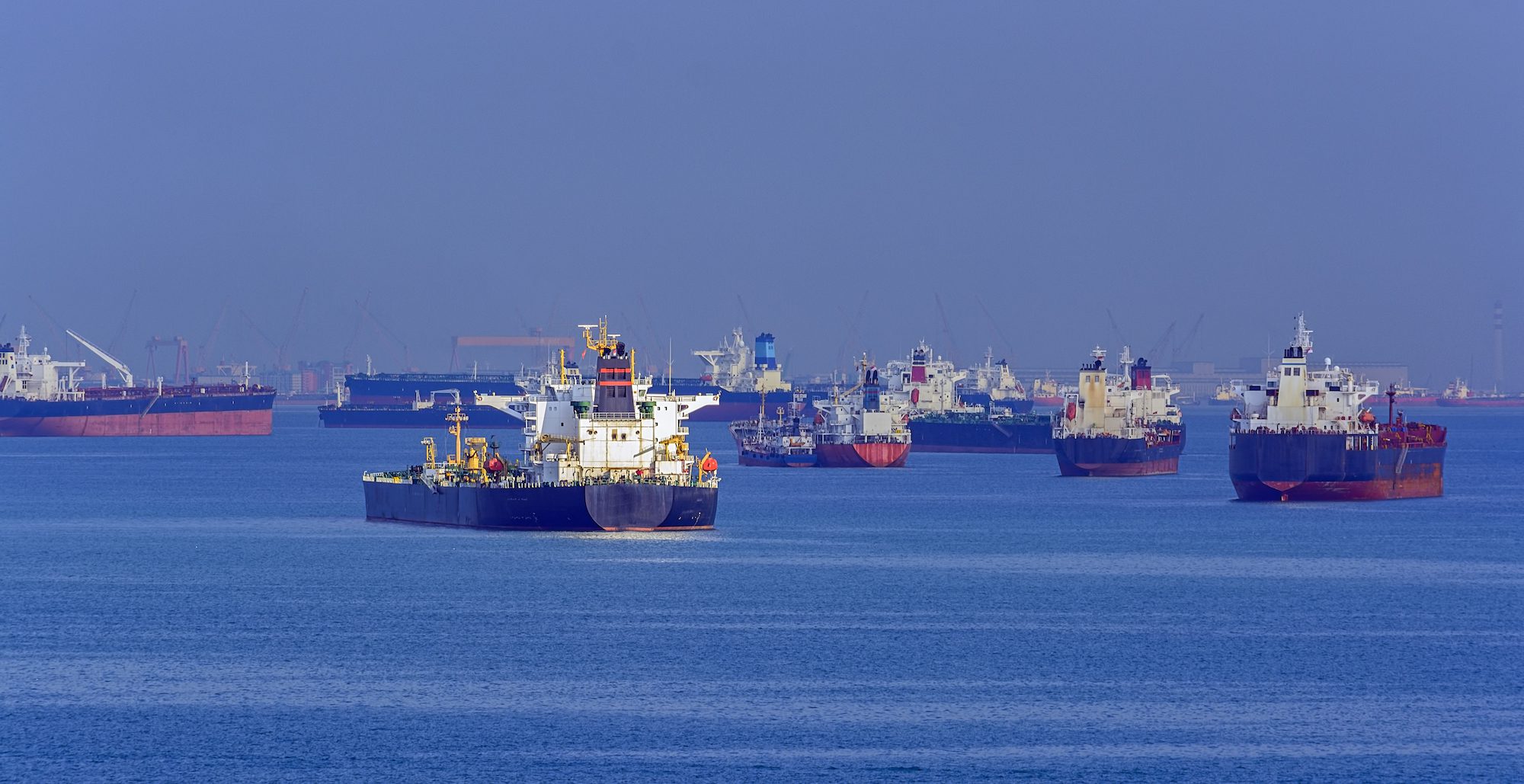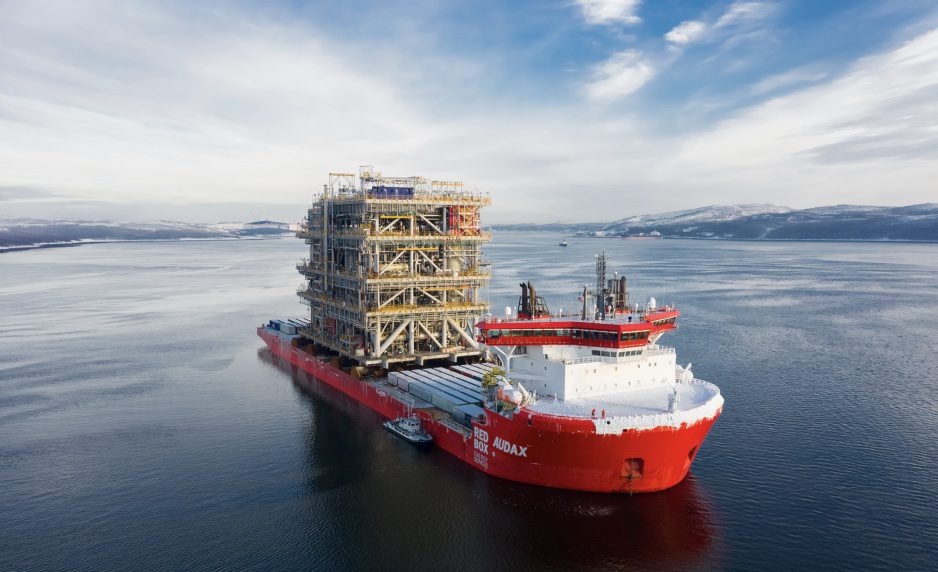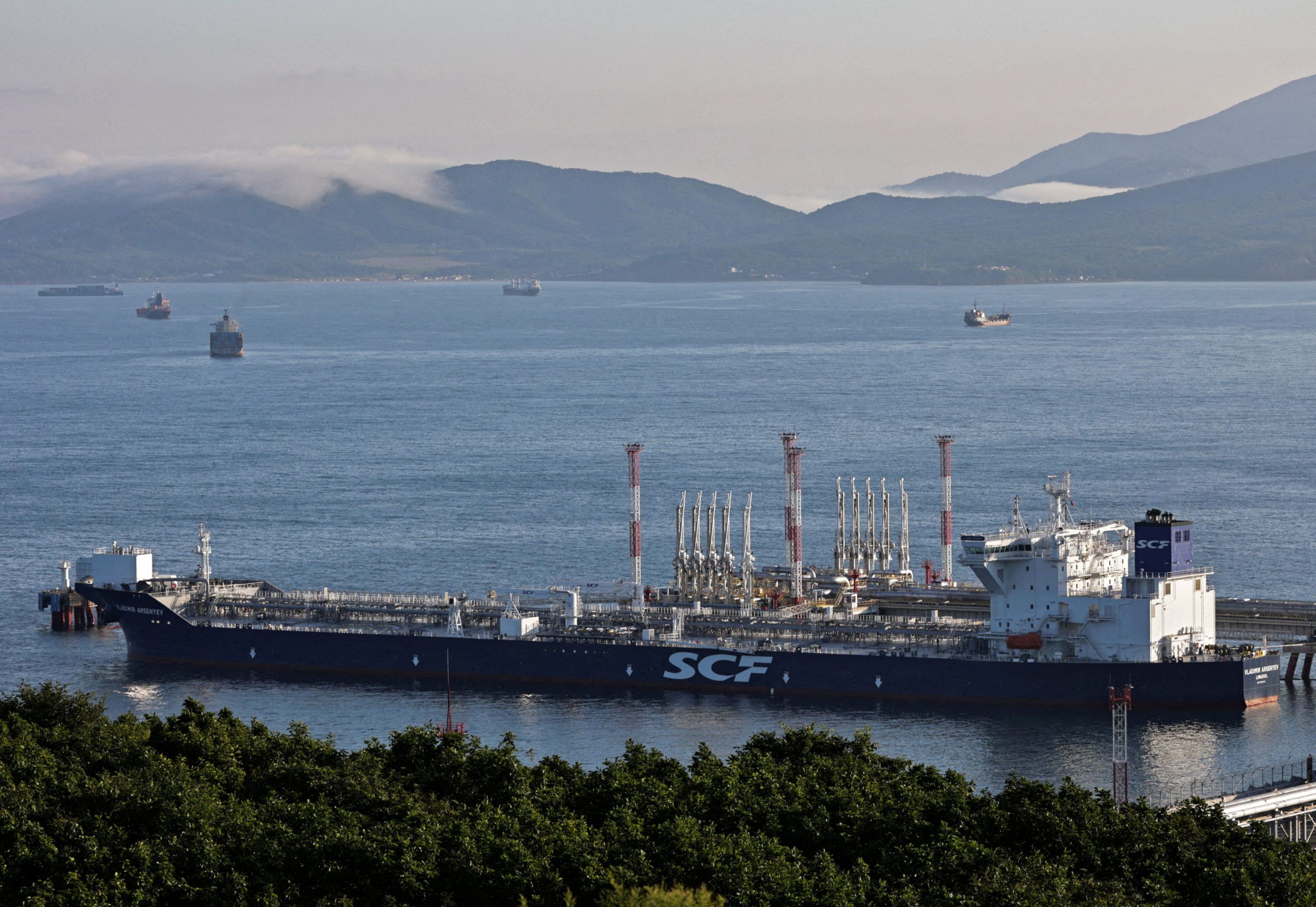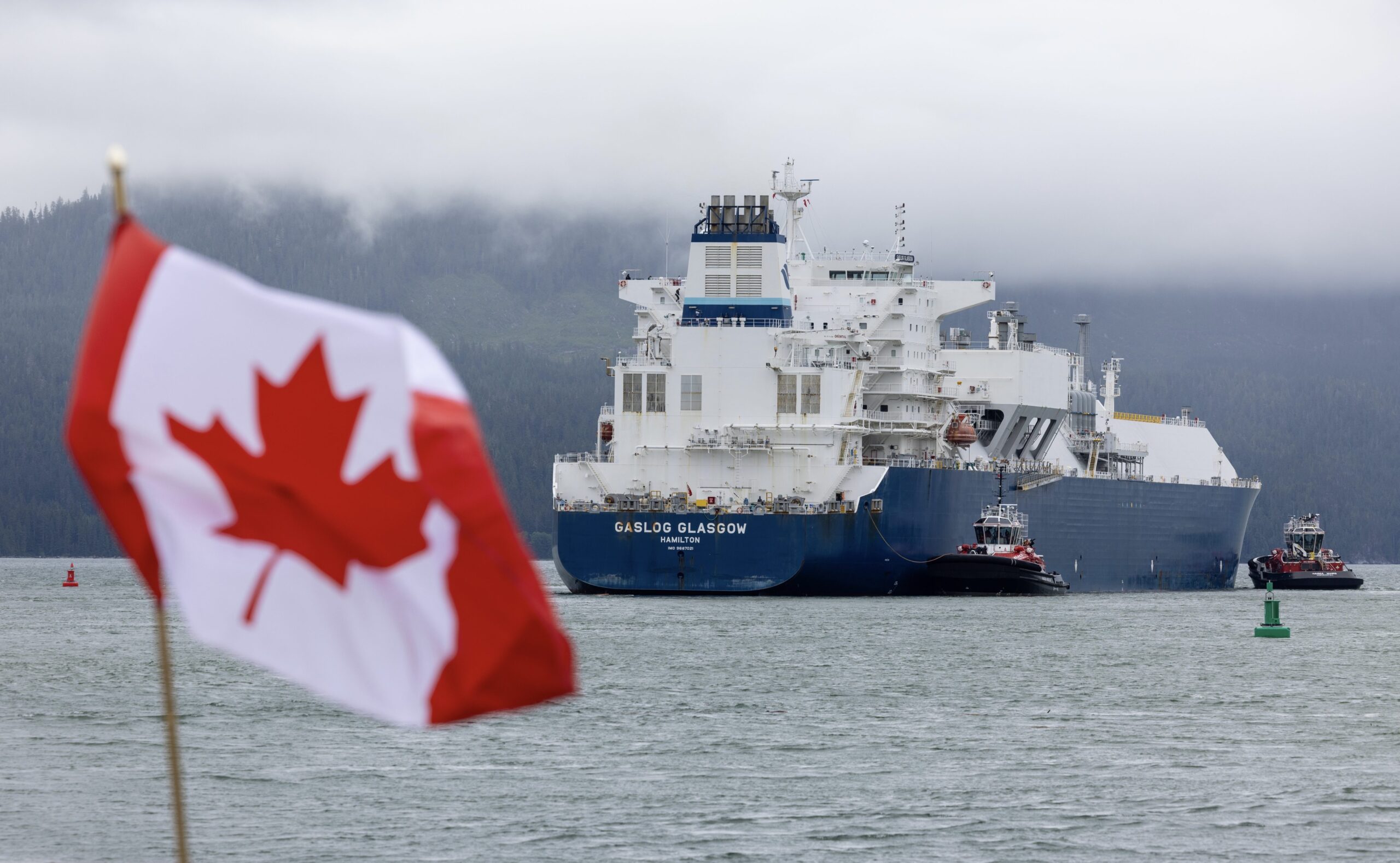By Jeslyn Lerh
SINGAPORE, March 1 (Reuters) – Premiums of marine fuel, also known as bunkers, are set for a bumpy recovery in March in Singapore, the world’s largest bunkering port, as refuelling demand from the shipping sector has recently waned, multiple trade sources said.
A weaker Singapore bunker market reflects slowing activity at one of the world’s most major ports that sits on a crucial shipping lane, while lower demand will also weigh on Asia’s fuel oil refining margins.
Bunker premiums for the most actively traded very low sulphur fuel oil (VLSFO) grade, which contains maximum 0.5% sulphur, have tumbled over 65% compared to early 2023, with most of the drop occurring in the past week, sources said.
Latest spot deals on a delivered basis were between $10 to $13 a tonne over Singapore quotes, according to traders, compared to $30 to $35 in early January.
“There has been a lot of aggressive selling these days and everyone is trying to clear inventories,” said a bunker trading source in Singapore.
Some buyers did not lift their usual term quantities as slower shipping demand reduced refuelling requirements, the source added.
This led to unsold inventories piling up, with some sellers offering aggressively lower prices to encourage uptake.
The weaker bunker market also kept premiums for Asia fuel oil cargoes suppressed, which were already under pressure on the prospect of higher supplies from Kuwait’s Al Zour refinery.
DELIVERED/EX-WHARF PRICE SPREAD CRUNCHES
The price difference between delivered and ex-wharf VLSFO has narrowed recently, flipping to a negative spread in some instances, sources said.
To break even, delivered bunker fuel is usually sold above ex-wharf prices as it includes a barging fee that typically costs at least $5 a tonne.
“It was still okay at the start of the year but (demand) suddenly slowed down a lot after the (lunar) new year. We are praying for March recovery,” said a second Singapore-based bunker trader.
January bunker fuel sales hit a two-year high, though February volumes are expected to fall on slower demand from container lines, the sources said.
The outlook for container shipping remains soft, with Southeast Asia’s average container prices in January dropping by 32% from a year earlier to $2,590, according to the latest data from consultancy Container xChange.
“Container prices and leasing rates are plummeting, with the global shipping industry witnessing a freefall in container rates,” said Christian Roeloffs, chief executive officer at Container xChange.
He added that shipping demand remains weak because of global inflation and restricted demand, leading to a significant drop in freight prices.
(Reporting by Jeslyn Lerh; Editing by Christian Schmollinger)
(c) Copyright Thomson Reuters 2023.

 Join The Club
Join The Club












